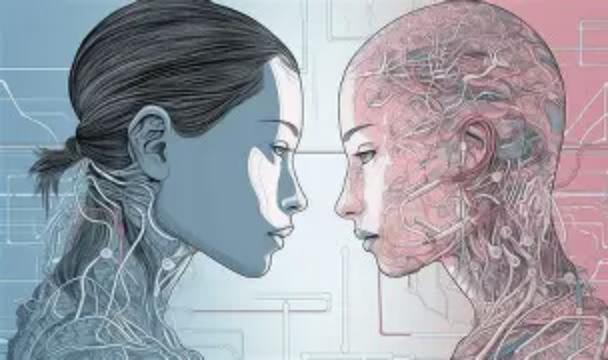Microbial Game: The Road to Breakthrough in the Post Antibiotic Era

In the century long struggle between humans and pathogenic microorganisms, antibiotics have cut off countless infectious threats like sharp swords. As this silent war enters the 21st century, the evolutionary wisdom of microorganisms is gradually rendering traditional weapons ineffective. Faced with the crazy counterattack of drug-resistant bacteria, global scientific research forces are building a new generation of defense system from multiple perspectives.
At the forefront of drug development, scientists are transforming the traditional approach of "broad-spectrum annihilation". A multinational research alliance has discovered that certain previously overlooked narrow spectrum compounds have precise targeting capabilities against specific pathogenic bacteria. Taking Lyme disease pathogen as an example, its unique cell membrane structure has revitalized a compound discovered in the mid-20th century, which can precisely destroy the key physiological structure of the pathogen. This "precision guidance" strategy not only improves therapeutic efficacy, but also reduces accidental damage to symbiotic bacterial communities.
Artificial intelligence technology is rewriting the paradigm of drug discovery. The intelligent system constructed by a computational biology team at a certain university has discovered new antimicrobial peptides by analyzing the gene pool of ancient organisms. What is even more remarkable is that deep learning models have been able to predict the antibacterial potential of millions of compounds and successfully validate multiple candidate substances in animal experiments. These intelligently screened molecules have unique mechanisms of action and can effectively penetrate the defense barrier of drug-resistant bacteria.
The collaborative treatment strategy demonstrates unique advantages. Researchers have found that combining specific plant extracts with antibiotics can break down the biological protective system against drug-resistant bacteria. This combination of "armor piercing+fighter" tactics allows antibiotics that were previously ineffective to regain their lethality. In the treatment of tuberculosis, the synergistic use of the two drugs has successfully blocked the occurrence of drug-resistant mutations, providing a new solution for multi drug resistant infections.

The innovation of diagnostic technology is fundamentally curbing the spread of drug resistance. A microfluidic detection system developed by a European research team can complete pathogen identification and drug sensitivity analysis within 45 minutes. This "check and treat" model significantly shortens the diagnosis and treatment window, avoiding blind use of broad-spectrum antibiotics. Another technique based on single-cell observation is to predict the antibiotic resistance trend of microorganisms by tracking their division process, providing real-time basis for precision medication.

In this technological battle that concerns human health, ethical considerations are equally important as technological innovation. The privacy protection brought by rapid diagnosis, the security boundary of gene editing technology, and the environmental impact of new antibacterial substances all require the establishment of a global research ethics framework. With the integration of synthetic biology and nanotechnology, future anti infective systems may break through the limitations of chemical substances and create a more biocompatible therapeutic paradigm.
From underwater hot springs to tropical rainforests, from computational models to genetic maps, scientists are searching for breakthrough keys in nature and laboratories. This microbial game is not only a technical competition, but also the ultimate test of human intelligence. As traditional antibiotics gradually withdraw from the center stage, a new generation of prevention and control system that integrates multidisciplinary advantages is writing a hopeful chapter for the post antibiotic era.
(Writer:Galli)



